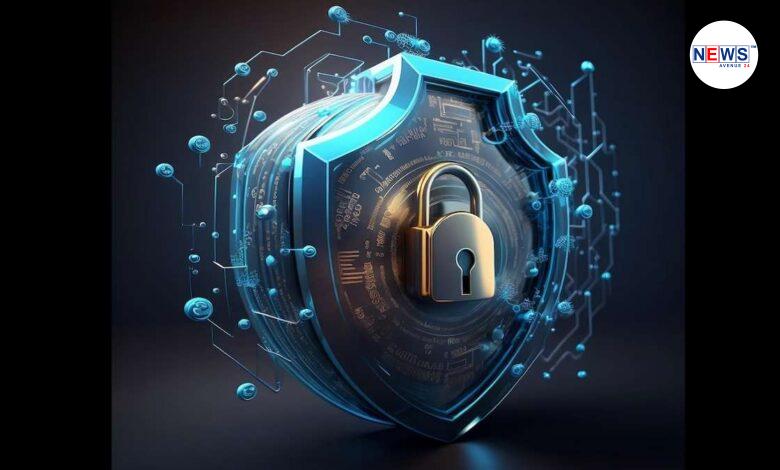
Online scams: 7 common banking frauds every customer must know
With the rising number of scams, you need to be more cautious about safety. Here are seven ways to save yourself from cyber criminals who could hack your device and steal your money from your bank account, along with other important details.
Since the time online banking took over traditional banking, people have had the ease of accessing their banks from the comfort of home. It gives you the flexibility to pay bills, check your account balance, or even transfer money with the help of your smartphone. There are several risks and scams, which are escalating over the period. Online scammers are figuring out new ways to trick a user and get access to their accounts. But if one stays cautious, then they can avoid common scams, which may cost a fortune.
Here are some of the most common and growing online scams you should know:
Banking scams
This is one of the most convenient scams for cyber criminals as hackers can easily use several ways to gain access to your bank accounts. Many of the scams are about tricking you by giving them your account details.
Phishing
Phishing means hackers trying to trick users into doing the wrong thing. This kind of online scam lets the fraudsters send you a text message or email which looks similar to the one which was sent by the bank.
These messages are always immediate actions taken like confirming the information to keep the account running.
At times, the email sent by hackers might ask you to make a call to the fake customer service whose number is available.
Sensitive information like your Social Security number (SSN) or your date of birth must not be shared by the user.
Identity theft
Another scam trick is when the hackers are getting access to your bank account by stealing or guessing your password. If the hackers manage to log in to your account, they can use the sensitive information for personal gain. The identity theft could open credit card accounts in your name, they may purchase merchandise or could even transfer money from your bank account.
Cyber criminals are using advanced technology which helps them to guess billions of password combinations per second.
But to crack long passwords with the combination of letters and numbers is a tricky affair.
Computer viruses
This scam includes an attachment in the mail, which may include fraudulent antivirus software, which, if in case you download, it may infect your device with the malware.
Malware shared over the mail could hack and view the data from your device and use it to get access to the bank and other financial information.
One might get confused with the antivirus software and may click on the link to download which may corrupt the device.
Public Wi-Fi networks
Open network is always difficult as public Wi-Fi gives flexibility to hackers, to get access to personal information. Only if the user uses the internet in restaurants, department stores and airports, do they unwillingly give their device’s access to the opportunist.
It could be very easy to hack the device of the users if, in case they are using private information on an open network which does not require a password.
If you open your bank account (online) by using public WiFi, then unknowingly, your details will be exposed, making your account vulnerable to bank fraud.
Also, if you are doing an online online shopping with the help of public Wi-Fi, then you could expose your credit card information which is prone to risk.
Here are 7 ways to protect you from being hacked by the cybercriminal
Download verified apps
You must have noticed, that whenever you download a new app, they tend to ask permission to access your personal information. This might turn out to be a troublesome issue, if you download a fraudulent app, because hackers, with the help of an app, may trick-fully get access to the account details. Avoid downloading any app and instead, use the verified apps only.
Authorized websites
Never click on the links given on any impostor websites which may look professional or instead, may carry a similar domain alike the original one in the URL, but you have to notice the lock icon to know if the website is secured and authorised or not.
Use secure connections only
Public WiFi is always a bad option and it is very easy to hack it and use the personal information of the users. One must always use a secured network to keep personal data safe for the users.
Be vigilant while using the card
Card payments must always be made securely and with the private network only. Also the POS (point on Sale) machine- before using, you must have faith that it is 100 per cent genuine.
There are several stories about card scams, where the hackers could use the card details to make transactions and steal money. Do not let anyone fool you, and take your hard-earned money. Do not make payment at any private roadside place with the machine, which looks suspicious.
Security software for phones/computers
You must always use security software on your handset or computer, which protects your device from being hacked, or ruined by hackers. They take an extra layer to save you from any kind of suspicious activity.
Never share your personal information with a random person
Never share your personal information with any unknown source. Secured payments is the demand and user will have to pay attention to the security software available on mobiles, computers, web browsers and the operating system.
Users must update their PC, laptop, and mobile security to save them from any fraudulent activity.
Always set up strong passwords on your device, relatively longer ones- with a combination of letters, special characters, and upper and lowercase numbers. Don’t forget to change the passwords regularly.
Never click on suspicious links
Clicking on any link, from an unknown source could be troublesome and you need to be extra alert. Do not click on any unknown link, which might hack your device, get access to the bank account and rob you, or even use your personal information for fraudulent purchases, which the users are unaware of.
News Sources – India Tv News





